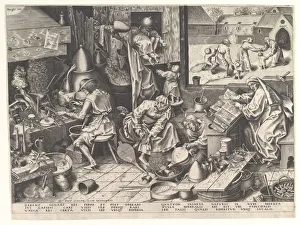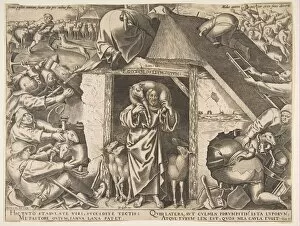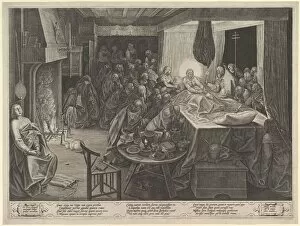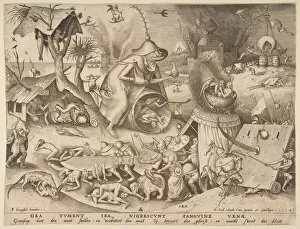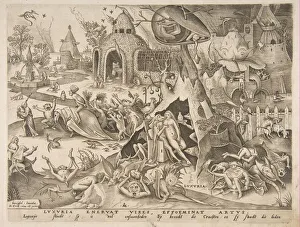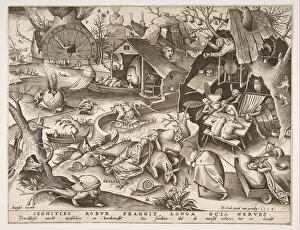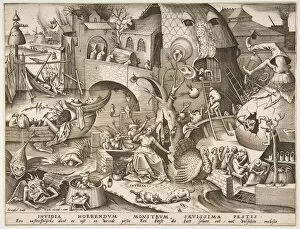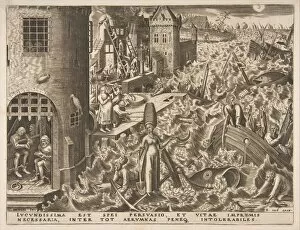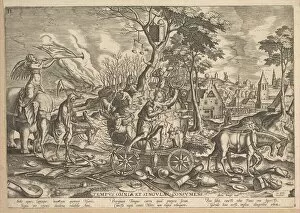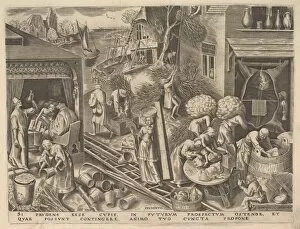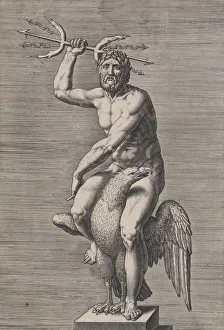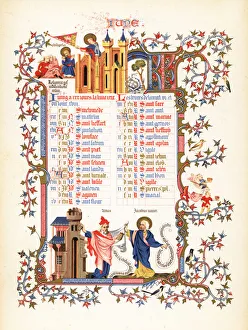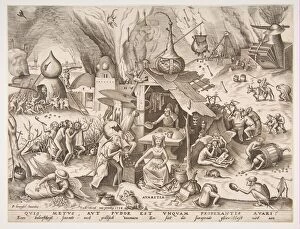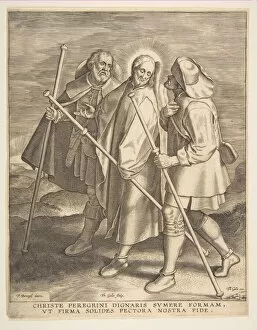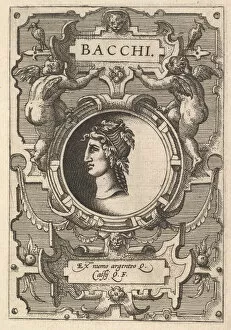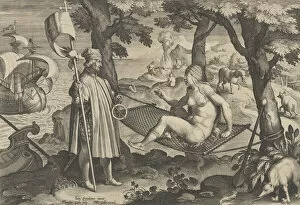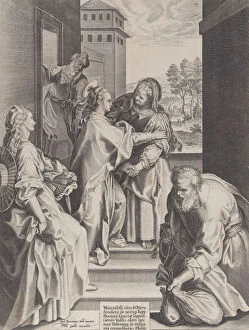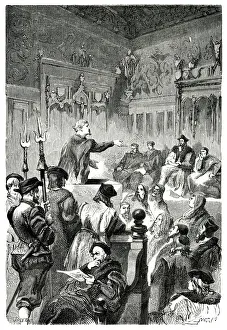Philippus Collection
"Exploring the Artistic World of Philippus: A Journey through Parables, Virtues, and Sins" Step into the captivating world of Philippus
All Professionally Made to Order for Quick Shipping
"Exploring the Artistic World of Philippus: A Journey through Parables, Virtues, and Sins" Step into the captivating world of Philippus, a renowned artist whose works have left an indelible mark on art history. From his iconic portrayal of biblical parables to his vivid depiction of virtues and sins, Philippus's creations continue to captivate audiences even centuries later. In "The Parable of the Good Shepherd, " painted in 1565, Philippus skillfully brings to life the compassionate shepherd who tirelessly seeks out his lost sheep. The intricate details and emotive expressions showcase his mastery in storytelling through art. "The Death of the Virgin, " created in 1574, reveals another facet of Philippus's talent as he portrays a poignant scene with profound emotional depth. Through delicate brushstrokes and careful composition, he captures both grief and reverence surrounding this solemn moment. Delving into human nature itself, Philippus explores the Seven Deadly Sins series from 1558. In "Anger (Ira), " "Lust (Luxuria), " and "Sloth (Desidia), " he confronts these vices head-on with striking imagery that forces viewers to reflect on their own weaknesses. Similarly, in "Envy (Invidia), " we witness how jealousy can consume one's soul if left unchecked. Through meticulous attention to detail and symbolism, Philippus urges us to examine our own hearts for traces of envy. Contrasting these dark themes are glimpses into virtue. In "Hope (Spes)" from The Virtues series between 1559-60, we see a glimmering ray amidst despair—a reminder that hope can guide us even during our darkest hours. It also delves into religious allegories such as "The Parable of the Wise and Foolish Virgins" from ca. 1560-63 where he emphasizes preparedness for life's uncertainties. In "The Resurrection" from ca.

